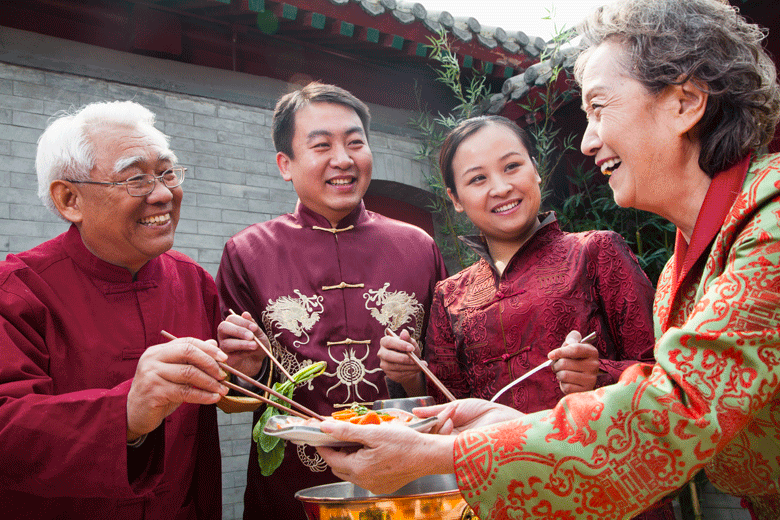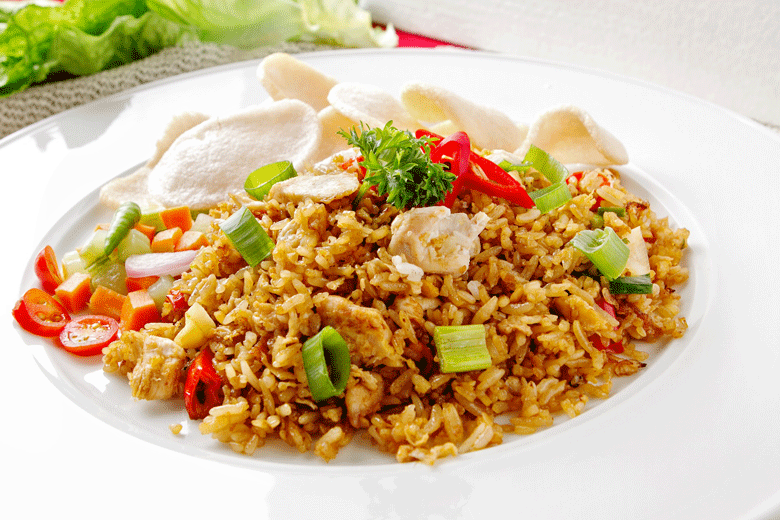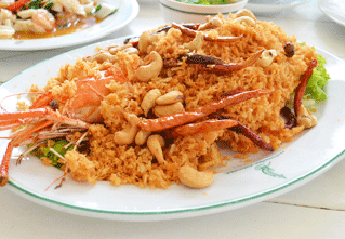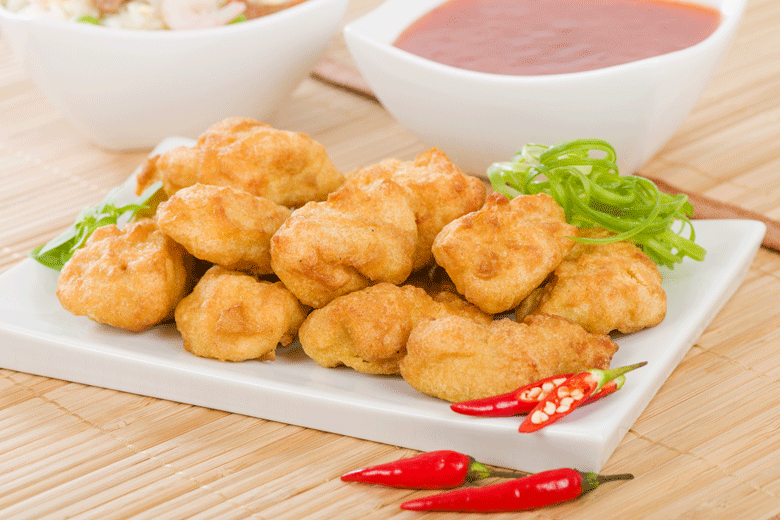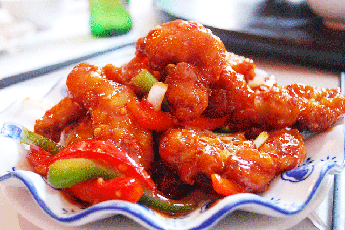 AKA Koon Po Chicken
AKA Koon Po Chicken
Kung Pao Chicken, also known as Koon Po Chicken, has an interesting history that traces back to the Qing Dynasty (1644-1912) in China. The dish is named after Ding Baozhen, a governor of Sichuan Province during the late Qing Dynasty, who held the title of “Gong Bao” (translated as “Palace Guardian” or “Kung Pao” in English). Ding Baozhen was known for his love of culinary delights, and one of his favourite dishes was a spicy chicken stir-fry with peanuts.
The original version of the dish was created by the governor’s chef, combining locally available ingredients with the bold flavours characteristic of Sichuan cuisine. Over time, Kung Pao Chicken became popular throughout China, with regional variations emerging. The Sichuan version is particularly famous for its use of Sichuan peppercorns, which impart a unique numbing sensation, and dried red chilies that add significant heat and a deep, smoky flavour to the dish.
flavours characteristic of Sichuan cuisine. Over time, Kung Pao Chicken became popular throughout China, with regional variations emerging. The Sichuan version is particularly famous for its use of Sichuan peppercorns, which impart a unique numbing sensation, and dried red chilies that add significant heat and a deep, smoky flavour to the dish.
Kung Pao Chicken was introduced to the Western world in the 20th century, especially during the mid-1900s, as Chinese immigrants brought their culinary traditions to different parts of the world. In Western adaptations, the dish sometimes includes bell peppers and other vegetables, and the level of spiciness is often toned down to suit local tastes. Despite these adaptations, the essence of the dish—a flavourful blend of spicy, sweet, and savoury elements—remains true to its origins, continuing to delight palates globally.



